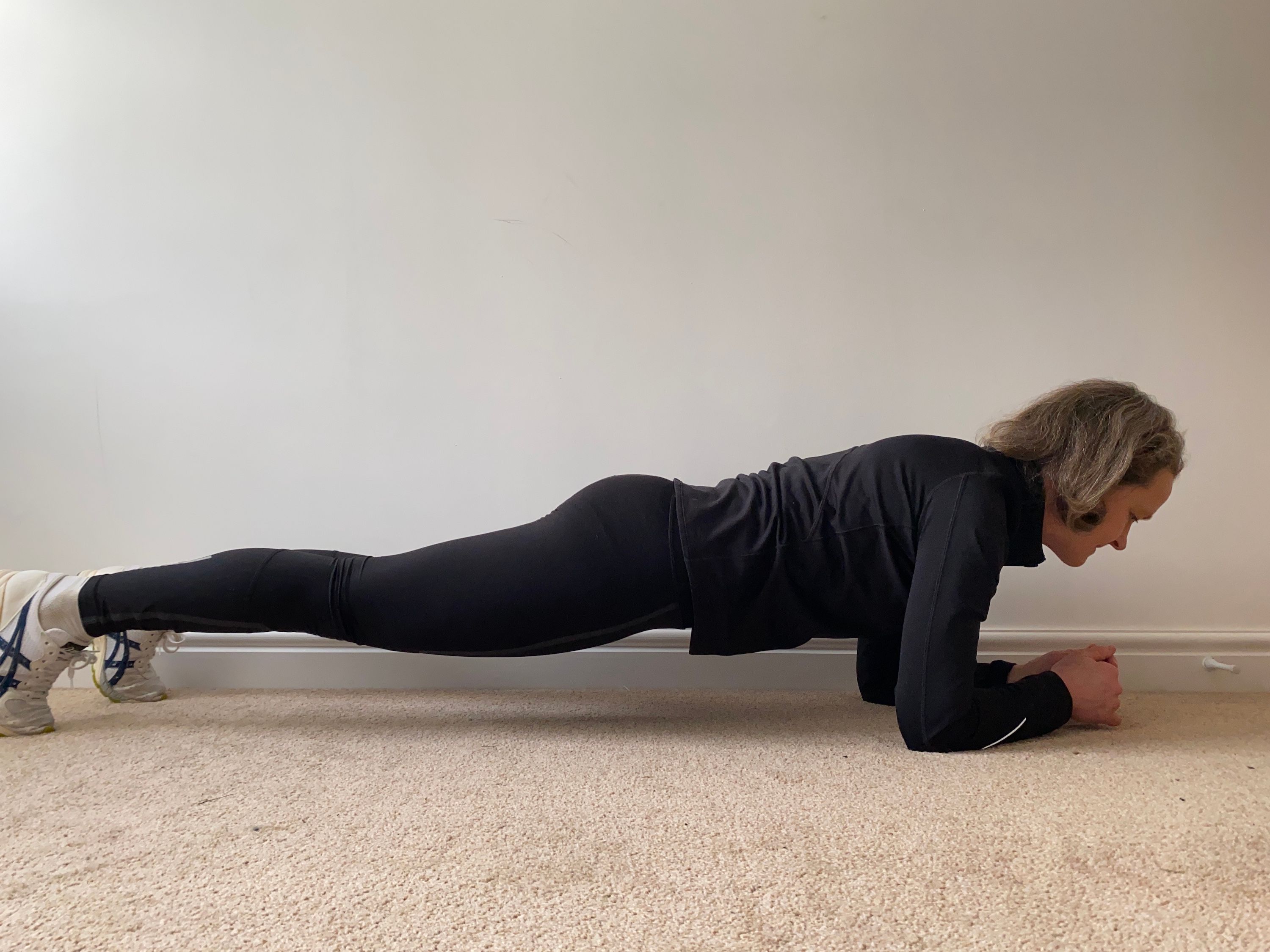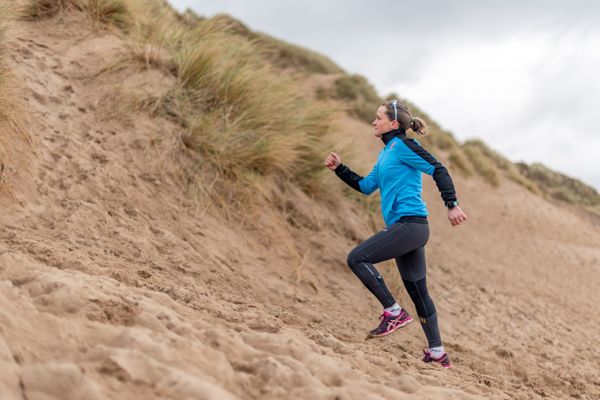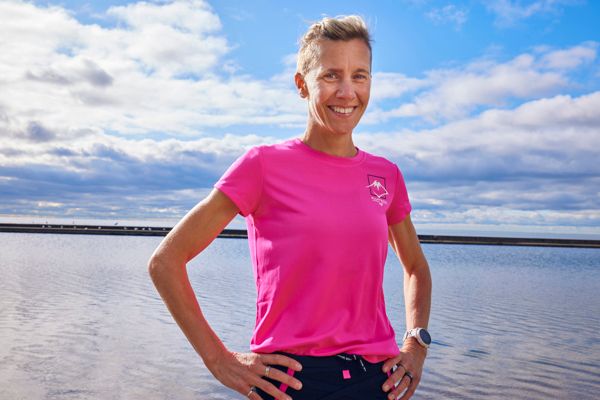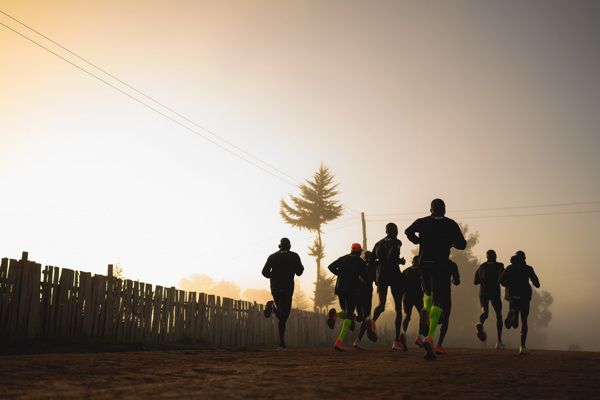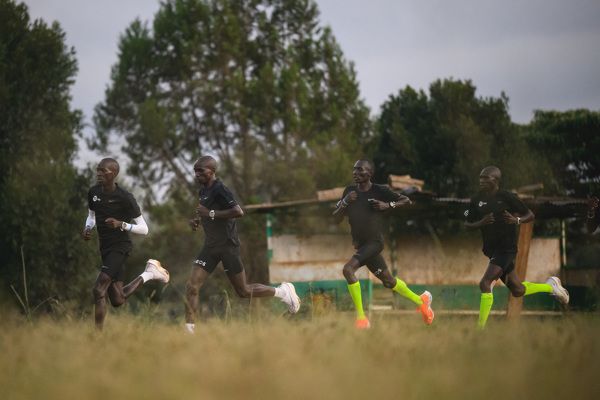Calf raise (© Mara Yamauchi)
Strength and conditioning (S&C) is useful for endurance runners of all abilities, for two main reasons.
First, your body needs to be strong and robust enough to withstand the running you ask of it. If it is not, then the risk of injury may increase. Strength and robustness are relative to the amount of running – the more running you want to do, the stronger you need to be.
Second, it should help you to run more efficiently, and therefore faster. If your muscles function as they should, your performance should improve. The human body is incredibly adaptable. If certain muscles or muscle groups are not fit for purpose, but you want to run, other muscles will take the load.
Front plank
Therefore, many of us can and do run, even while not using our muscles in the most efficient way. Even a little S&C can bring worthwhile gains. And as we age, the need for S&C becomes even greater, as we begin to naturally lose muscle mass.
In my article Be your own coach, I explained some key principles which will enable you to create your own running programme. Today, I will do the same for S&C. With a little understanding of why and how, you can be your own coach on S&C, too. I am not a qualified S&C coach, but the principles that follow are based on what I learned as an elite athlete.
How much? If you are new to S&C, I recommend two sessions of about 30 minutes per week as a good starting point. This is often enough to make some gains, while keeping the load manageable. From there, you can build up to three times per week or two longer sessions, eg 40-45 minutes. An alternative is to do a very short session, eg 10 minutes, immediately before every or most runs. The benefit of this is activating muscles so they are ready to use while running. You could also try a combination of the two.
What? There is a limitless array of exercises you could do. I narrow it down by focusing on the muscle groups which are most important for endurance running. For me, that means glutes, hamstrings, calves and core. Of course, we use other muscle groups in running too, but it is a question of prioritising. Another way to choose exercises is to ask yourself how specific to running any given exercise is. For example, calf raises are more specific to running than chin pull-ups.
How hard? A good rule of thumb is to work a particular muscle group, on a particular exercise, until you reach 8-9 out of 10 of exhaustion. This will ensure you stimulate adaptation, while not over-working the muscles and risking injury or excessive stiffness. The stronger you become, the more you will have to do to reach 8-9 out of 10. For example, you might start with 2 sets of 10 repetitions, but as you improve you might have to do 2 sets of 15, or 3 sets of 10. Load can be increased by numbers of repetitions, increasing resistance, or altering an exercise to make it harder, eg switching from double leg squats to single leg squats.
Strength and recruitment. Muscles have two main features which determine how well they function – their overall strength, and how effectively your brain can recruit or activate them on demand. Both are important. A very strong muscle group is not much use to you if your brain cannot effectively recruit it when required. If your brain has been struggling to recruit a particular muscle group for a while, it is worth spending time really concentrating on activating it.
Warm-up and cool-down. These are absolutely vital. A good warm-up with help to prevent injuries and ensure good muscle function while doing S&C. A thorough cool-down is essential to prevent excessive stiffness in the days after your S&C.
Write it down. Drawing up a menu and noting down what you do in each session is a useful way to record your efforts and monitor progress. Changing your menu frequently, eg every 4-6 weeks, is a positive way to keep it interesting and varied.
How difficult? Sound technique is important in S&C, so it’s better to start with relatively simple exercises and perform them well, rather than aim too high and struggle with technique. As you improve, you can progress to more complex or demanding exercises.
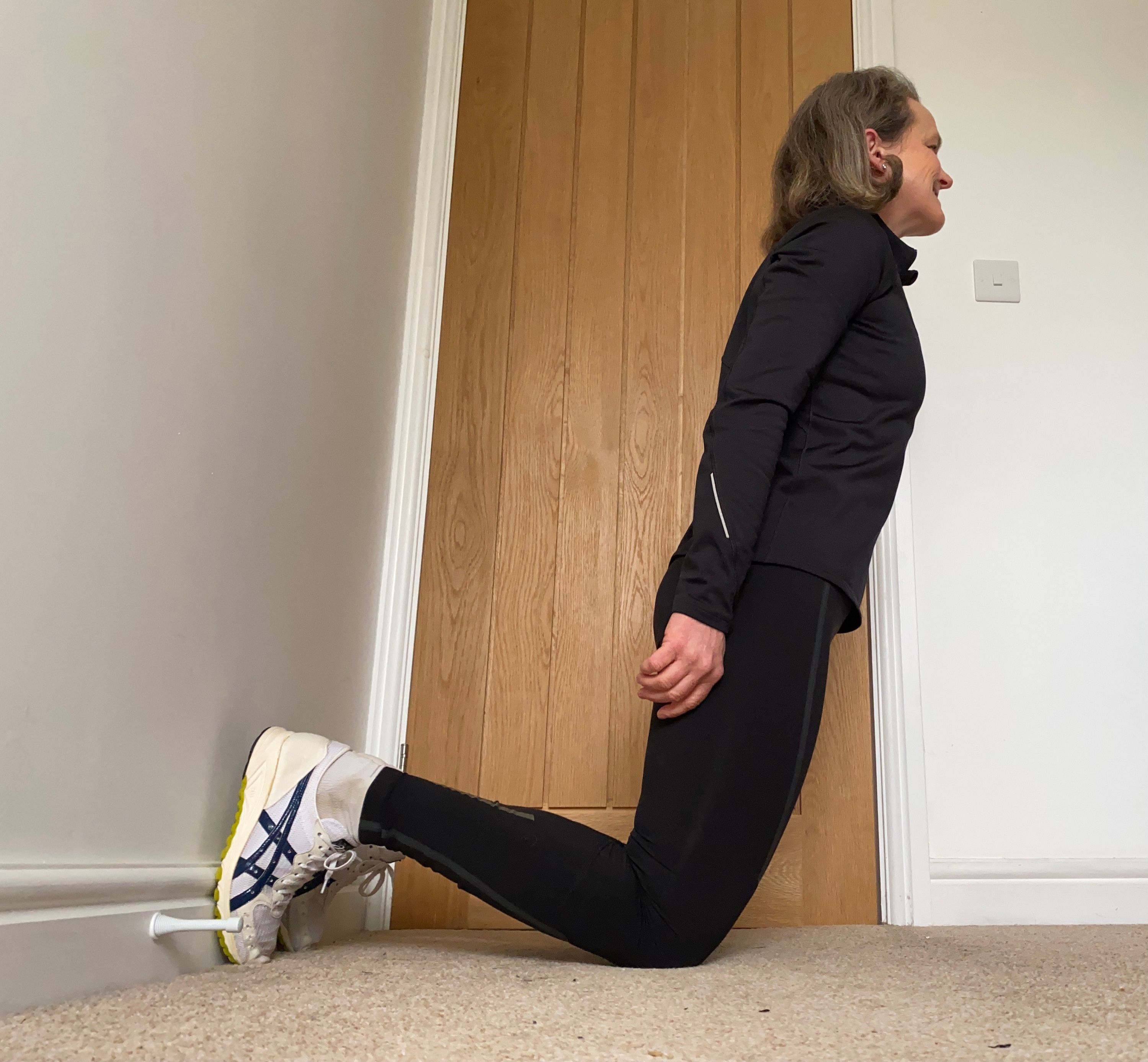
Which exercises? Here are a few examples for each muscle group mentioned above.
- Glutes: lunges (forward, backwards, sideways), squats (double leg, single leg), glute bridges (double leg, single leg), clam, airplanes.
- Hamstrings: hamstring leans, single leg Romanian dead lifts, glute bridges (with feet further away from body).
- Calves: calf raises (double leg, single leg, with straight legs, with knees slightly bent).
- Core: planks (front, side), superman. There is a huge variety of exercises to choose from, and videos online showing good technique. But I hope this gives you a few key pointers to make a start with an S&C programme.
Mara Yamauchi for World Athletics Be Active





